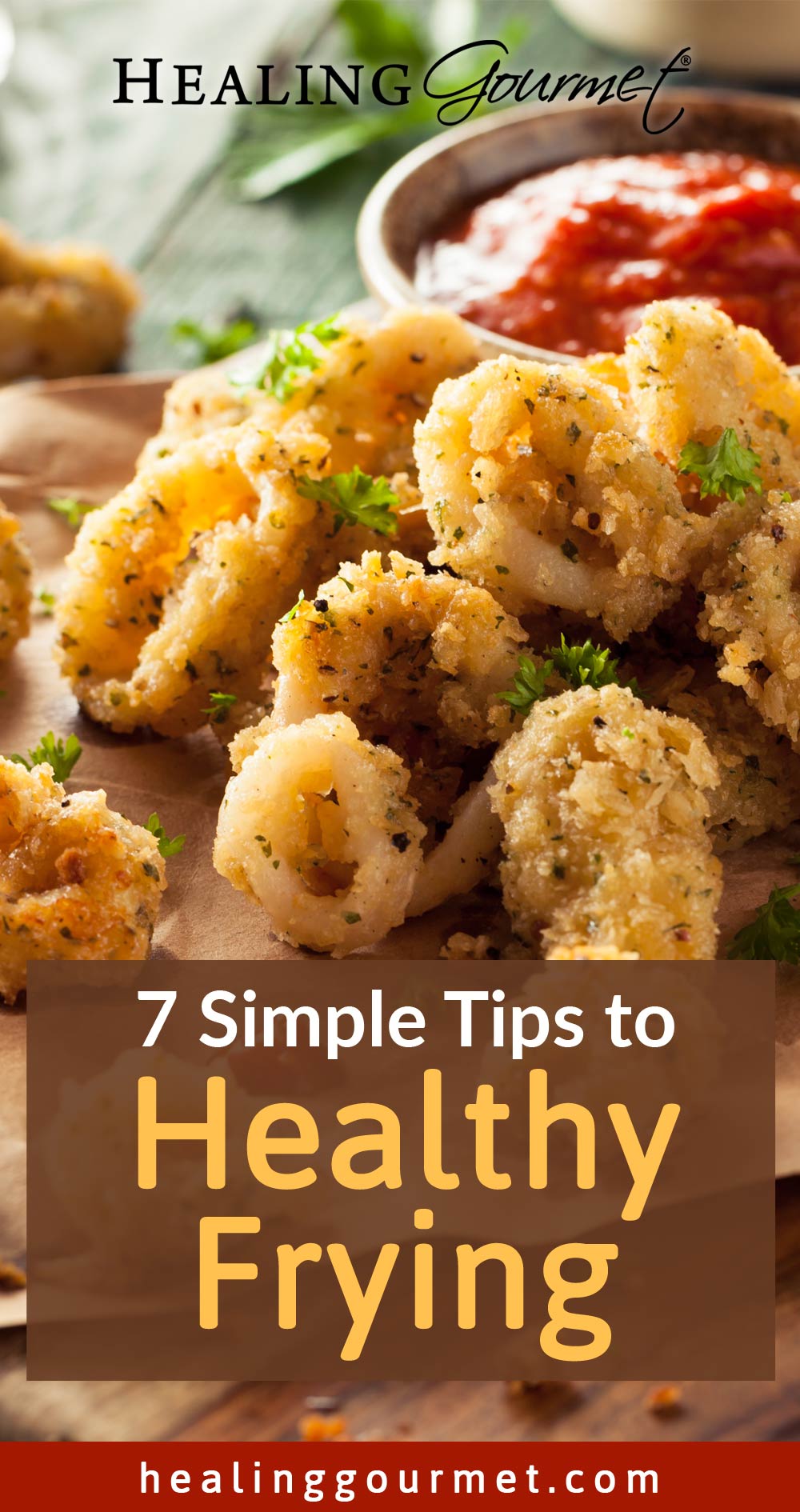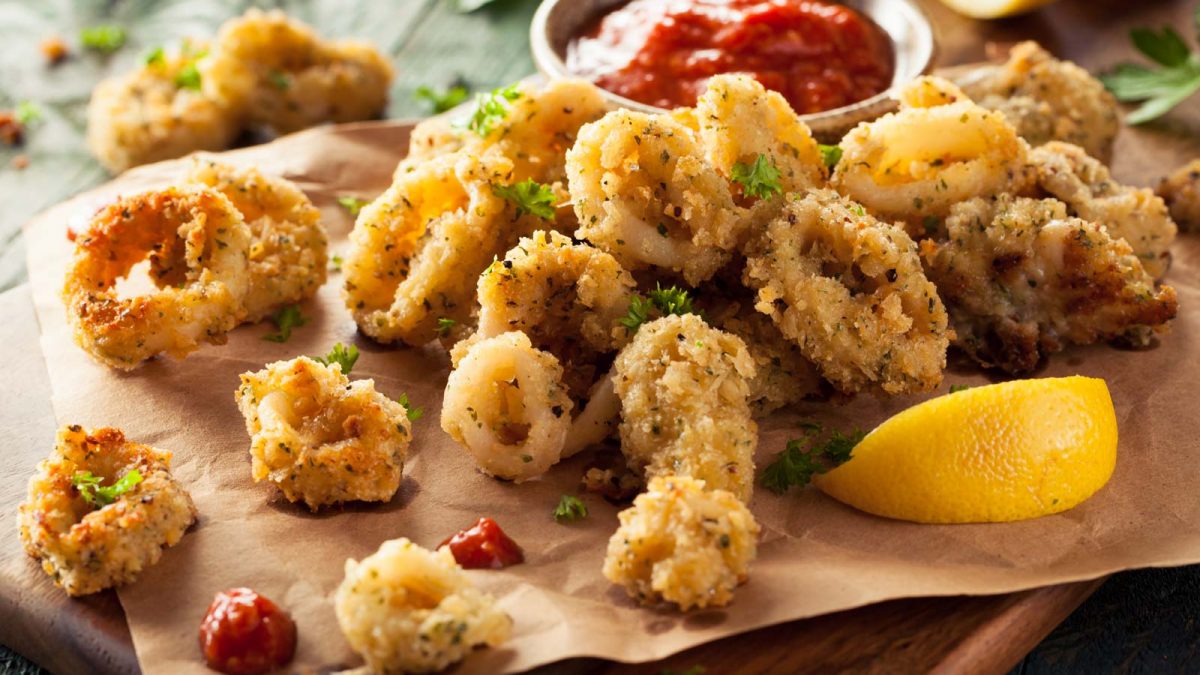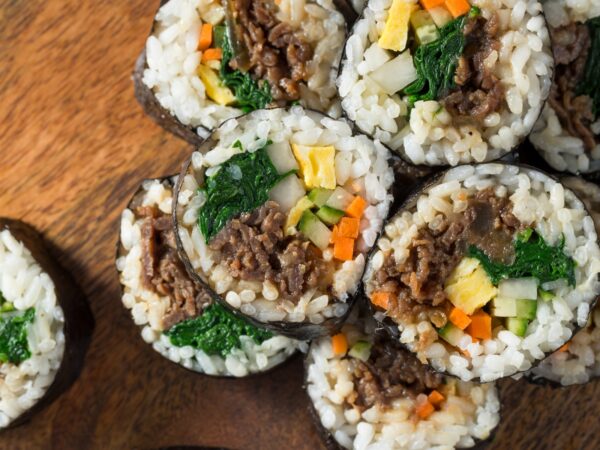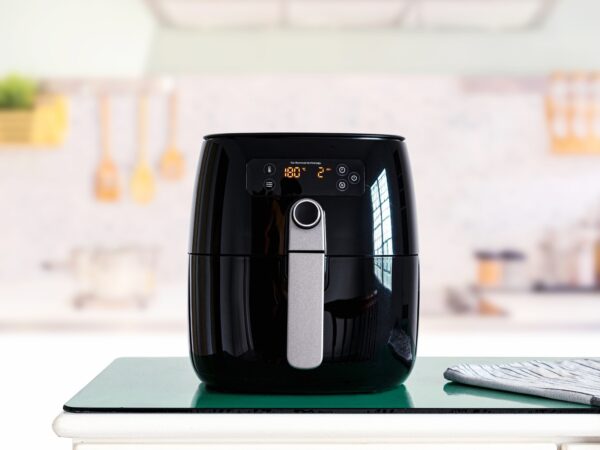7 Tips to Pan Fry (The Healthy Way!)
If you’ve gone “Paleo” or if you follow a gluten-and grain-free diet, you have probably given up your favorite crisp, golden-fried foods. You probably believe that fried foods are off limits on a healthy diet. And for the most part, that’s true…
It is a wise choice to avoid most fried foods, especially commercially-fried foods, like those you might find in a package or restaurant.
You see, most fried foods are cooked in omega-6 rich oil. These fats are strong promoters of inflammation and oxidation. Consuming these fats to excess – as the vast majority of people do – has been shown to increase your risk for every chronic disease.
And frying with these oils makes matters even worse… MUCH worse!
When an unstable fat is exposed to high heat, the fat molecules become OXIDIZED and dangerous compounds form. These lipid oxidation products (LOPs) wreak havoc at a cellular level. Consuming these altered compounds on a regular basis is like throwing gas on a fire, when it comes to your risk for disease.
Of course, you also know that most “breaded” fried foods are dredged in wheat flour, bread crumbs and other ingredients that are simply off limits if you are following a low-glycemic, grain-free diet.
But here’s the good news:
There are ways to enjoy your favorite crispy, golden-fried foods… without damaging your health.
Below, I will share with you Healing Gourmet’s safe-frying guidelines…
7 Tips to Pan Fry Perfectly (Without Harming Your Health!)
#1 – Use the Right Amount of Oil:
To properly pan-fry, your pan should contain about one inch of oil. Obviously, the size of your pan will make a difference, so keep this in mind. Having enough oil in the pan is essential to produce a crispy crust. It will also reduce the risk of the oil overheating and producing harmful byproducts.
#2 – Use the Right Kind of Oil:
It is critical to select a healthy oil that is also heat-stable. At higher temperatures, I prefer to use avocado oil. It can withstand temperatures of more than 500 degrees F without degrading. It also consists of over 70 percent heart-healthy monounsaturated fat. Along with avocado oil, I add a solid heat-stable fat, like grass-fed tallow or coconut oil. Using a combination of these oils gives you a cooking fat that is stable under heat and which has a rich flavor.
#3 – Watch the Temperature:
Aim to keep your oil at 325 F during the cooking process. You can monitor this with a fry thermometer or candy thermometer. Oil that’s too hot will burn the exterior, but leave the interior raw. Oil that is not hot enough will cause your fried foods to be greasy and soggy.
#4 – Keep Your Oil Clean:
As you cook, you will notice that some debris will build up from the batter coating. After a few minutes, it will burn – producing an off-taste and health-harming byproducts. If necessary, use a slotted spoon or spatula to remove crumbs and keep your cooking oil clean throughout the process.
#5 – Don’t Crowd the Pan:
One of the biggest mistakes people make when frying and searing is to “crowd” the pan. When there is insufficient space around food, moisture condenses. This will produce steam. The result is food that is soggy, not crispy.
#6 – Drain Fried Foods:
Place a paper towel over a metal grate or cooling rack and transfer fried foods to the paper towel-lined rack. This will prevent excess oil from soaking into the food. It will reduce sogginess and condensation that can occur from placing your fried foods directly on a plate. Have your paper-towel lined rack ready before you begin the cooking process.
#7 – Use the Right Tools:
An enameled cast-iron pan (like Le Creuset) is my favorite for pan-frying, but a stainless steel sauté pan will also work well. Metal tongs are essential for flipping your food as it cooks, a metal slotted spoon is important for removing debris, and a splatter screen can be protective and helpful when it comes to clean up.
Putting Pan Fry in Practice: Delicious Pan-Fried Recipes
Now that you know the important steps to take to keeping your frying safe, let’s put it into practice! Here are a few of our favorite pan-fried recipes:





Leave a Reply